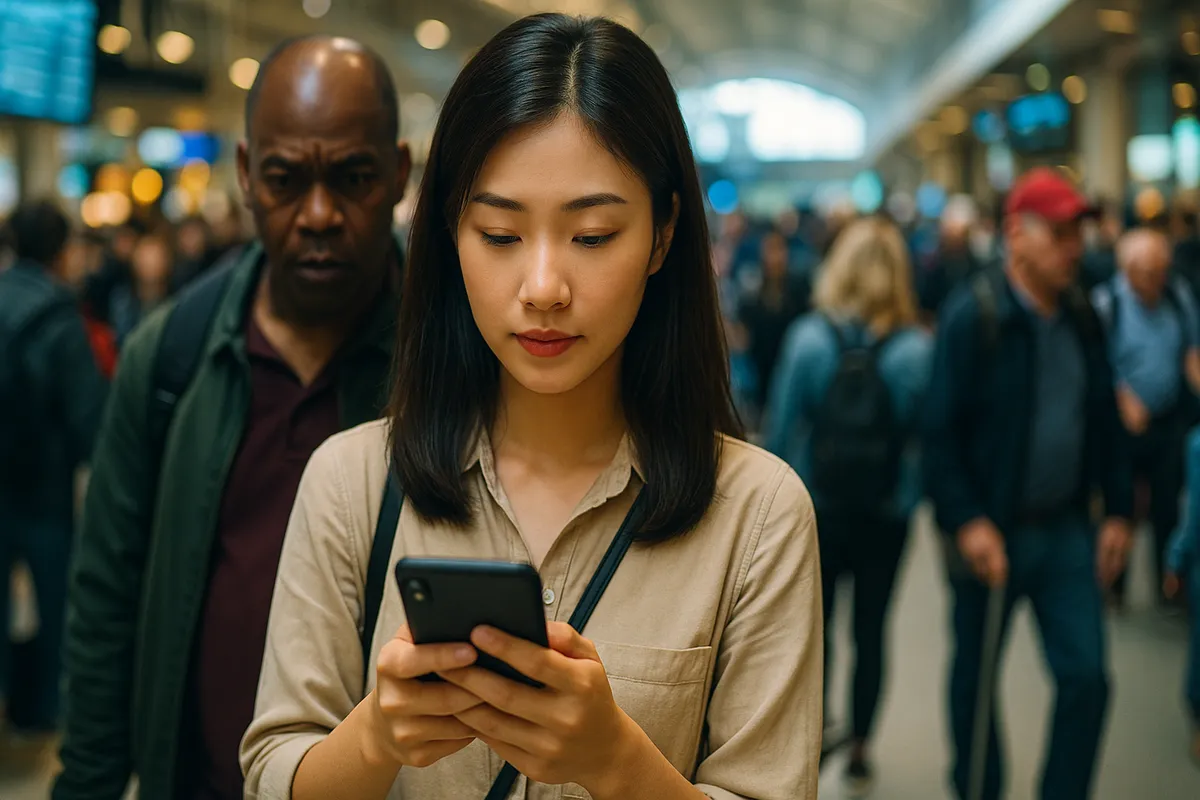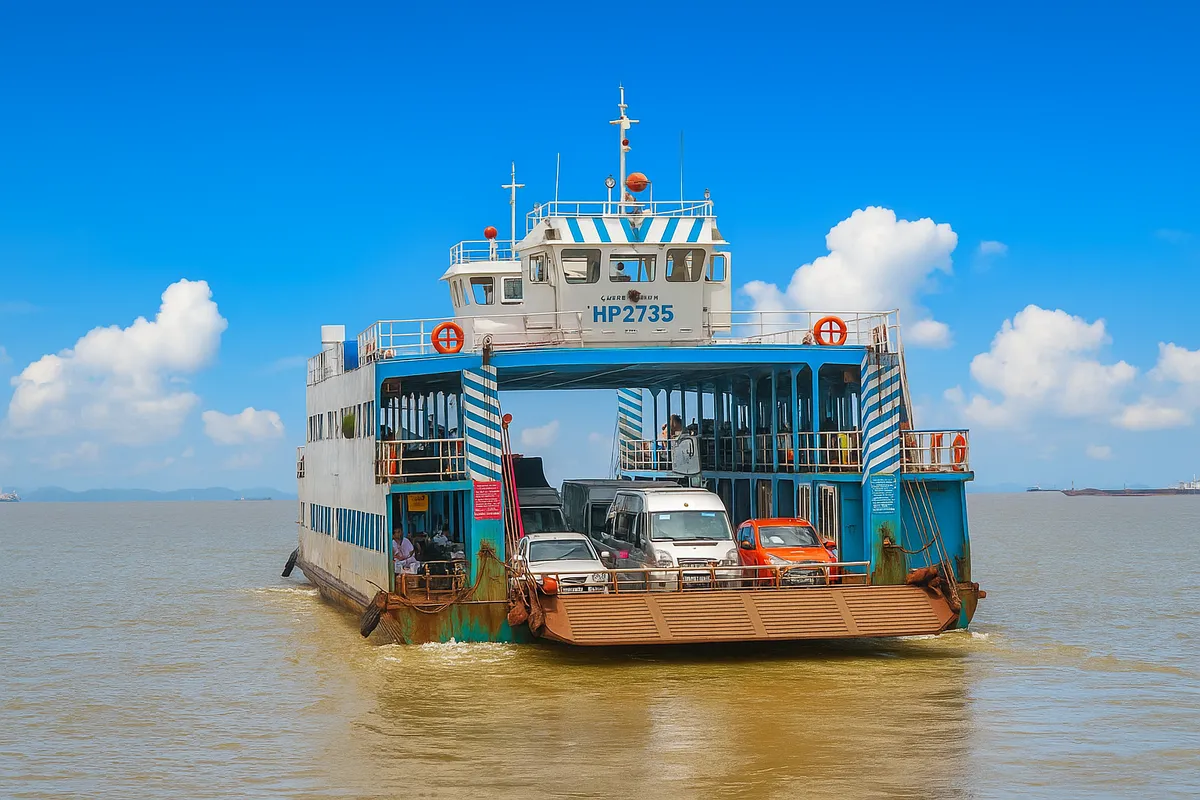How to Avoid Theft in Crowded Airports and Train Stations
- Friday, May 16, 2025, 19:51 (GMT+7)
How to Avoid Theft in Crowded Airports and Train Stations
Most people do not realize that even in places considered among the safest, like airports and train stations, theft happens quietly every day. First-time travelers, those caught up in check-in procedures, or anyone too absorbed in their phones often become easy targets. There is no need to panic. With the right preparation and a clear understanding of how thieves operate, anyone can protect themselves from even the most subtle tricks.
Thieves at airports do not resemble the sneaky characters shown in movies. They dress smartly, carry travel backpacks, and even sport designer bags to blend in seamlessly. They do not hide in dark corners. Instead, they move confidently through the busiest areas, check-in counters, security lines, boarding gates, baggage claim zones, and public restrooms. These are the places where people tend to lower their guard, assuming that being surrounded by others means being safe.
Many travelers only realize something is missing hours later, sometimes after leaving the airport. Thieves do not need to run or rush. They wait for just one moment of distraction to quietly take a handbag, a backpack, or a small item from a coat pocket. The most common victims are those juggling documents, taking phone calls, or nodding off while waiting to board.
One of the best habits is to keep your bag or suitcase directly in front of you when sitting. Avoid placing it beside or behind you, even for a moment. If you need to sleep, hug your bag tightly or use a small chain to secure it to your chair. Some cautious travelers even use a keychain lock to attach the zipper of their bag to their belt loop, creating a small but effective barrier against quick theft.
At the check-in area, where passengers queue closely, pickpockets often strike without being noticed. A light bump or a friendly question from someone behind you could be a distraction. If your phone is sticking out of your pocket or your wallet is in an unzipped bag, it could be gone in seconds. A simple way to stay protected is to wear your bag across your chest, zip everything shut, and store your valuables in the innermost pocket of a secure jacket.
Security checkpoints are another high-risk spot. While people are busy removing shoes, belts, and placing laptops in trays, thieves sometimes strike. Some wait at the end of the conveyor belt, pretending to wait for their items, and walk away with someone else's tray if no one is watching. If you use separate trays, one for your laptop, one for your wallet, you risk losing track. Always use one tray for all your valuables and never let it out of sight. If you need time to repack, step aside from the main flow to avoid being rushed.
The baggage claim area is also vulnerable to confusion and deliberate theft. Suitcases are often swapped in plain sight when two look nearly identical. One common trick is to walk off with a similar suitcase and disappear before anyone notices. Without a tag or a clear memory of your bag’s details, proving ownership can be tough. Use bold identifiers like colored ribbons, bright stickers, or even permanent markers to personalize your suitcase. A distinct bag is less likely to be targeted.
At train stations or bus terminals, theft is often coordinated by small groups. One person distracts, another bumps into you, and the third makes a move. Bags are usually stolen while the owner is distracted by a conversation or while boarding. Always keep your belongings close, and be wary of overly helpful strangers, especially those who appear just when you need help.
A practical tip is to divide your money into different spots. Keep some in a zipped pocket, some hidden in the lining of your suitcase, and some in a small pouch under your clothes. Some travelers even sew a secret pocket inside their pants to hide an emergency bank card. If you lose your wallet, you still have backup funds.
Avoid using earphones while waiting at airports or stations. Blocking out surrounding sounds makes it easy to miss warning signs or suspicious activity nearby. If you must listen to music or make a call, use your speaker at low volume and keep your eyes on your belongings.
Confidence is also a powerful defense. People who walk with purpose, stay alert, and keep their hands on their bags are rarely targeted. On the other hand, those who look distracted, carry open backpacks, or constantly check their phones make ideal victims. Always act like a seasoned traveler, even if it is your first trip abroad.
Do not rely too much on standard suitcase locks. Built-in combination locks can be opened in seconds by experienced hands. Add an external strap around your suitcase for extra security. It not only prevents tampering but also helps your luggage stand out. Some travelers wrap their bags in plastic film to deter slashing and theft.
Another useful trick is to take photos of your luggage before you travel. Capture images of the suitcase, its contents, and any high-value items. If something goes missing or gets swapped, these photos serve as valuable proof when dealing with airlines or security. Also, record your flight number, check-in time, seat location, and boarding gate to make it easier to trace your journey if needed.
Lastly, stay mentally sharp. Get enough rest before your trip, avoid alcohol before flights, and do not overuse sedatives if you are traveling at night. A tired and foggy mind is a thief’s dream. If possible, travel with someone you trust or at least stay in contact with family or friends. Share your location, luggage photos, and flight details so they can support you if something goes wrong.
Every journey matters. There is nothing more disheartening than starting a trip with a loss. With careful habits, a sense of awareness, and a few easy tricks, anyone can move through busy terminals with peace of mind. This is more than just a safety skill. It is part of what makes a traveler truly ready.

 CHECKIN.VN
CHECKIN.VN








Share on